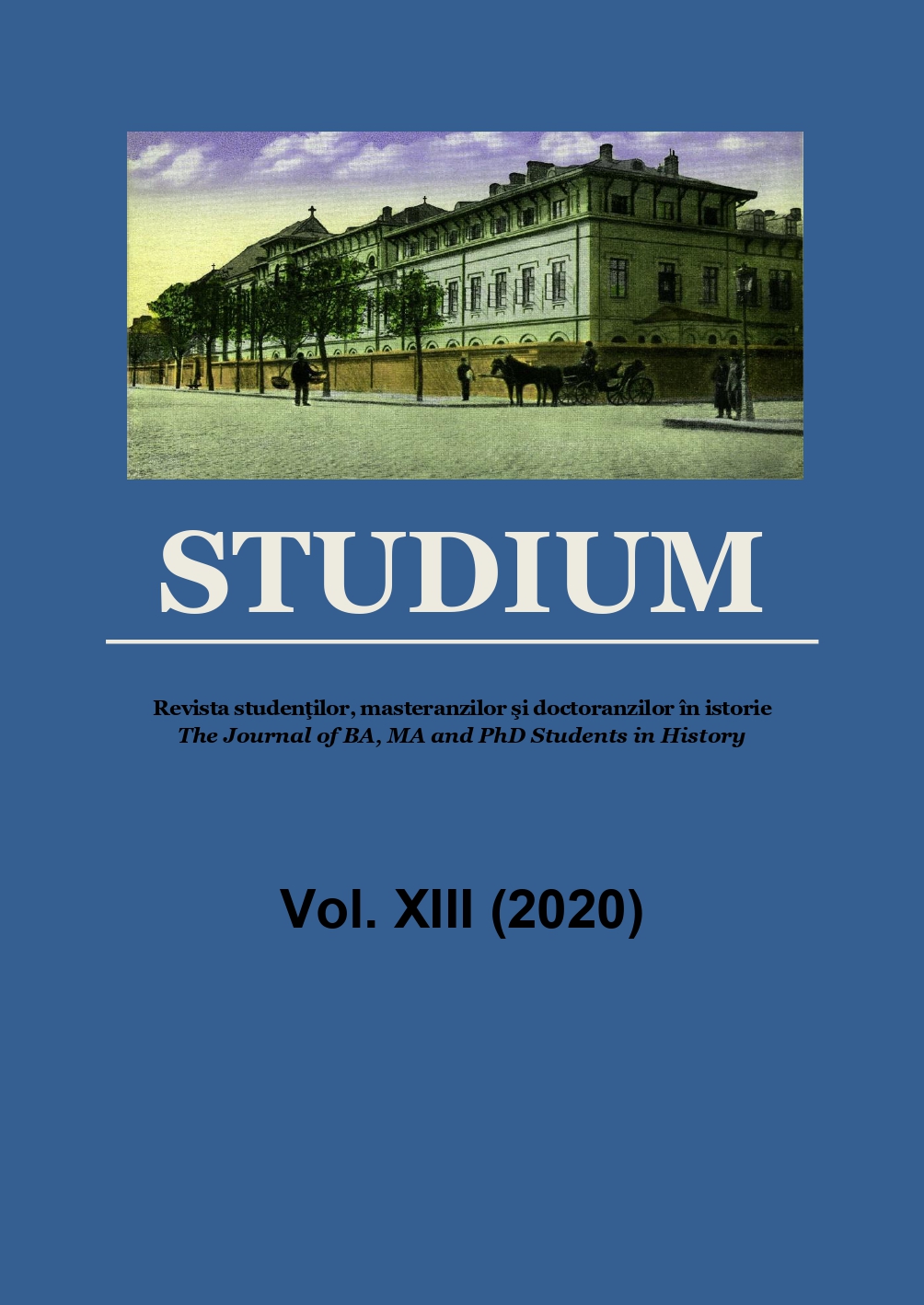ÎNCEPUTURILE ȘI EVOLUȚIA TELEVIZIUNII ÎN STATELE DIN SPATELE CORTINEI DE FIER
The outset and evolution of television in the states behind the Iron Curtain
Author(s): Silvia-Cristina BaumgartenSubject(s): Cultural history, Diplomatic history, Political history, Social history, Post-War period (1950 - 1989), History of Communism
Published by: Universitatea »Dunarea de Jos« din Galati -Facultatea de Istorie, Teologie și Filosofie
Keywords: Cold War;Mass-media;Propaganda;Communism;Broadcasting;
Summary/Abstract: Our paper discusses the evolution of national television in Communist states in the second half of the 20th century. After the Second World War, most of the eastern European states fell under the authority of the Soviet Union, so the beginnings of their national television programmes were marked by their Communist regimes. This study focuses on the evolution of each television, as well as on the similarities they all shared, such as the use of propaganda or censorship. Our main hypothesis is that media institutions from the states behind the Iron Curtain could not exist without proper cooperation between themselves. Programme exchange was an important aspect of their development, especially after the increase in broadcasting hours. The study offers a comparative outlook on the evolutions of each television network, by following the main sources on each individual case from the German Democratic Republic to Poland, Czechoslovakia, Hungary, Albania, Bulgaria, Yugoslavia, and Romania.
Journal: Studium - Revista studenţilor, masteranzilor şi doctoranzilor în istorie
- Issue Year: 13/2020
- Issue No: 13
- Page Range: 151-163
- Page Count: 13
- Language: Romanian

